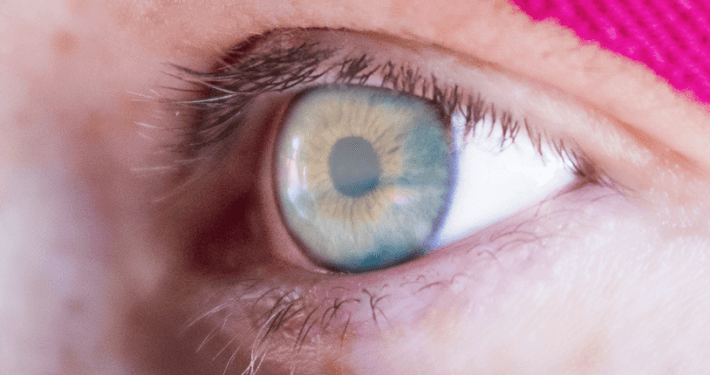Corneal Hypoxia:
A Common Side Effect of Contact Lens Use
Contact lens wearers know that the convenience of on-eye contact lenses comes with a few trade-offs, such as potential irritation. There is one side effect that you don’t want to ignore, however, and that is corneal hypoxia. If you’ve developed this symptom, then contact Texas Eye Surgeons in Plano. An ophthalmologist can start you on a treatment plan and provide you other options you may be a candidate for – like laser vision correction.
What Is Corneal Hypoxia and Why Is It So Common?
Corneal hypoxia is a lack of oxygen supply to the cornea. Your cornea has no way to get oxygen except through exposure to air (it has a few small blood vessels off to its sides, but they are not enough to provide all the oxygen that the cornea needs). When you place a standard contact lens right on top of your eyeball, you’re essentially cutting off the oxygen supply to the cornea.
If this goes on for too long, the cornea can begin to swell or develop edema. The oxygen-deprived cornea begins to build up lactic acid — the same stuff that makes your muscles sore after exercise — and that draws water to the cornea. Normally the fluid balance in the cornea is pretty stable, but in this case, more water enters than exits, leading to the edema.
Now, a tiny bit of edema and hypoxia is actually something your cornea can handle regularly. According to the authors of Contact Lens Use Under Adverse Conditions: Applications in Military Aviation, you experience a mild form of corneal edema whenever you sleep because your eyelids are shutting off much of the oxygen to the cornea. So merely wearing lenses might reduce oxygen supplies, but if the reduction is mild enough, it’s not really a problem.
It does become a problem if the swelling and hypoxia become more than mild. Symptoms can include hazy or blurry vision and can get worse from there, such as the development of cysts.
In hypoxia’s more moderate stages, switching the type of contact lens you wear to a gas-permeable or rigid lens may help as those allow more oxygen to reach the cornea under the lens. Removing suspect lenses usually lets the edema resolve itself within a few hours to a few days, depending on the severity and whether the edema has become chronic. Past that, you may need help from an eye surgeon if your cornea has developed cysts or other complications.
Don’t Wait if Your Vision Changes
An eye doctor at Texas Eye Surgeons in Plano can help you with diagnosing & treating edema related to corneal hypoxia. Additionally, you may be a candidate for other procedures that can eliminate the need for contact lenses and glasses. Contact us at (972) 379-3937 for an appointment.






